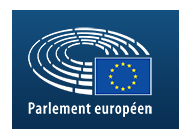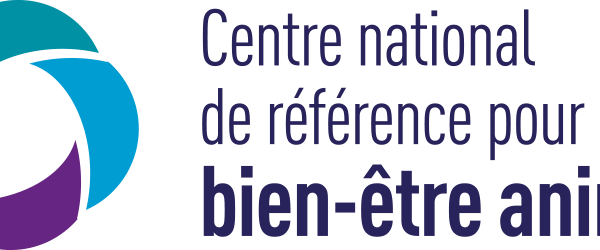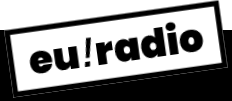Document type : Answer from the European Commission
Authors: Question: Niels Fuglsang (S&D), Sylwia Spurek (Greens/EFA), Maria Noichl (S&D), Martin Hojsík (Renew), Francisco Guerreiro (Greens/EFA), Sarah Wiener (Greens/EFA), Eleonora Evi (NI), Veronika Vrecionová (ECR), Annika Bruna (ID), Chrysoula Zacharopoulou (Renew), Jytte Guteland (S&D), Sirpa Pietikäinen (EPP), Anja Hazekamp (GUE/NGL), Thomas Waitz (Greens/EFA), Tilly Metz (Greens/EFA), Jadwiga Wiśniewska (ECR), Pascal Durand (Renew). Answer: Ms Kyriakides on behalf of the European Commission.
Question: In 2011, a Commission report on the impact of Council Regulation (EC) No 1/2005 on the protection of animals during transport concluded that the enforcement of this legislation could be further improved. This prompted Parliament to launch a budgetary pilot project on the development and dissemination of best practices for international and domestic animal transport by road. The project intends to strengthen the overall level of enforcement of this regulation.
This was a major project led by DG SANTE, in which 16 partner organisations were involved for more than 3 years between 2015 and 2019. The pilot project paved the way for the publication of the guides to good and better practices concerning the transport of cattle, sheep, pigs, horses and poultry at the beginning of 2019.
- Can the Commission clarify whether these guides are already being broadly used throughout the Member States, and how has this been checked?
- Can it clarify whether the guides have had a positive effect on improving animal transport practices and whether the regulation has been better enforced as a result?
Answer: 1 The materials developed through the ‘Animal Transport Guides’ project include guidelines, factsheets and videos, which have been widely spread on social media and disseminated during specific events in several Member States and non-EU countries to which animals are exported. The materials produced have been translated in several languages, including Russian, and are available at a dedicated website. This website counts more than 15 000 visits every year, of which 15.8% are returning users. The visitors often accessed the website through Facebook, Twitter or the Commission’s website.
- 2. The positive effects of these guides cannot be evaluated in isolation and should be viewed from an overarching perspective of all the Commission’s actions to improve the implementation of the current legislation on animal transport and animal welfare in general.




